I was fortunate a few months ago to have inspired one of my readers enough for them to tackle a new research project and author an article for us. He is Thomas Nielsen of Denmark, and his piece is a rare English language look at Danish guitarist Soffren Degen, our current Harpguitars.net Player of the Month. Wow – you mean one floating string will get you an article?! Yes, it absolutely qualifies as harp guitar history, and so he’s in. Writers – see how easy?!
Through Thomas’ discussion and links I found myself listening to Degen’s music for perhaps the first time. In one instance, I was even able to follow along on Degen’s own handwritten manuscript of his “Romanse” while listening to two distinctly different versions (see video links at the end of the article). One is by well-known historical music performer Lars Hedelius-Strikkertsen on a 6-string gut-strung Lacote replica, and the other is by Jon Mendle (whom we featured at the 12th Harp Guitar Gathering), who has currently traded his 11-string arch-guitar for a Lacote heptacord replica by Michael Thames. Thus, Jon is able to play the floating low D (beginning at measure 29, @ 3:02 in his video), while Lars transposes it up an octave. A small difference, but a musical one to be sure. Neither video is optimum; Jon’s is a noisy live performance (he says he hopes to record this in the future, and even has a second heptacord of a slightly different design he just received from Alan Perlman) and Lars’ gives us that now-ubiquitous headless homemade shot I am so not a fan of. Nevertheless, it’s interesting to compare the two in several aspects: with and without the extra D string, nails vs. sans nails, Aguila Nylgut vs. gut and interpretation. I noted Lars’ public comments on Jon’s performance (personally, I would have kept this private between peers). I’m certainly no expert – Lars’ may arguably be the more “historically accurate” of the two, but for my money, Jon’s much livelier version sells the piece (and his phrasing and note values seem more accurate to my ear). But I greatly admire the efforts of both.
Back to the research of Thomas Nielsen:
While tracking down obscure information on Degen and his instrument (including the patent and its drawing), Thomas found a few other things for us, and included some new information on obscure historical players already on my site.
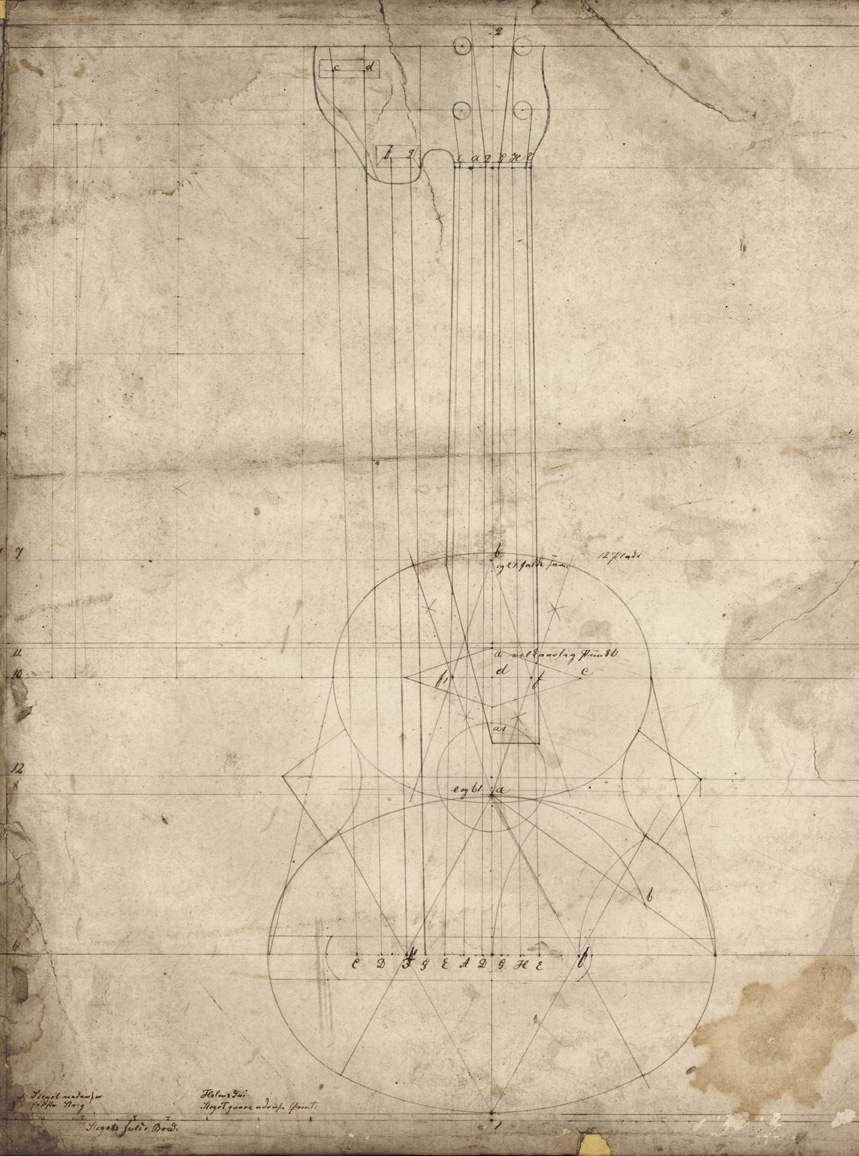
One fascinating find was the mystery “Degen decacord,” a 10-string harp guitar design. It turns out that this was a drawing (two, actually) most likely filed in the Degen folder by mistake; there is no evidence that it had anything to do with him. The “it” being a fully-realized 10-string design plus a second sketch in someone else’s hand of a different 2+2 sub-bass extension.
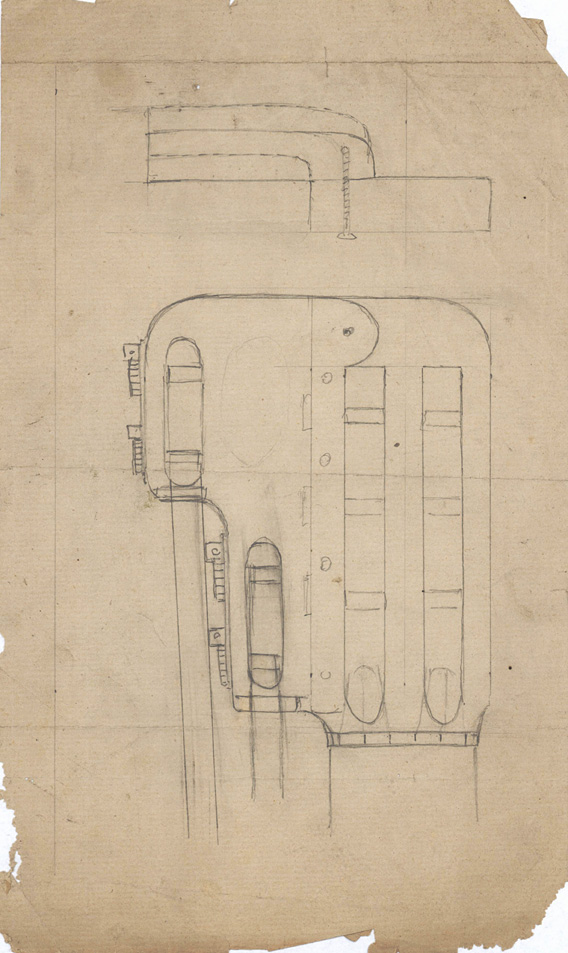
There are no names on either drawing; the Danish notations include something about the “stege” (an old word for bridge) being placed in this and that position. (Images copyright The Danish National Museum and used by permission; thanks to the amazing Marie Martens).
Thomas’ Degen article references the important book on Danish guitarists by scholar Erling Moldrup (something I haven’t yet tried to translate myself). I was always struck by the number of images that showed players with the guitar-tuned “Swedish lute” rather than more “serious” guitars. These images have been in the “Relatives” Iconography pages for some time. Both of us owe much to Erling, who we only recently learned sadly passed away last year. We dedicate the article to him.
![]()
Thomas shared the images presented here, explaining:
“(These new) pictures of Bokken Lasson are from The Royal Danish Library. She was Norwegian. Her real name, by the way, was Caroline; Caroline ‘Bokken’ Lasson. Her stage name ‘Bokken’ stemmed from a childhood misunderstanding.”
![]()
Thomas concluded with this last tidbit regarding a Swedish Lute “relative” player from my Iconography page:
![]()
“Peder Stocholm, was born and worked in Varde for most his life until moving to Copenhagen to become famous and poor. Varde is the small town I live in (pop 13k). He received a 2nd prize at a faire but said no thanks because, as he said: ‘I do only first class work’.”
Read Thomas’ article, and I think you’ll agree he does as well!

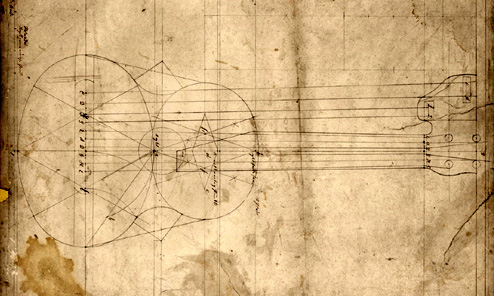
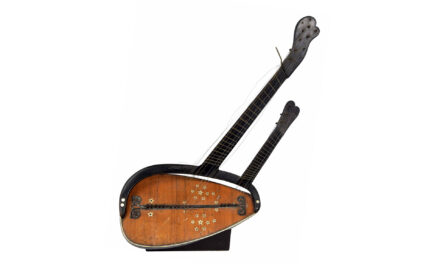
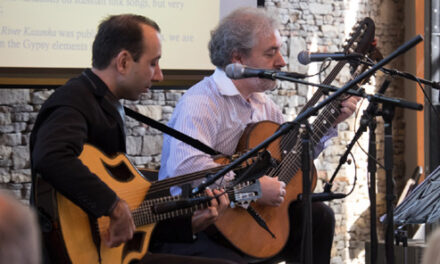
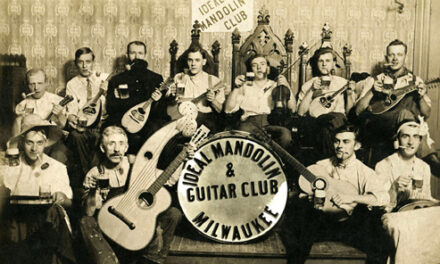
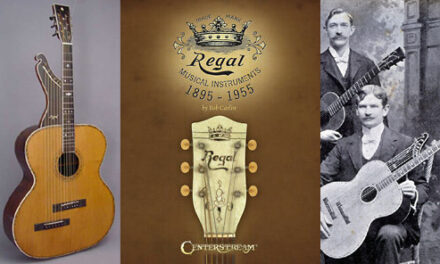
What can I say? It’s been a pleasure and a load of fun to do.
All the best, Thomas
Well done Thomas & Gregg. Great blogg & great article. The book by Kenneth Brogger has been on my “wish list” for a while now, and I just love that guitar on the cover… perhaps I should buy it now. Reminds me of when I took guitar lessons long ago.My teachers flat was next to Tony Binghams old instrument shop in Hampsted London, full of amazing “old” guitars… Best wishes & thanks.Sean.